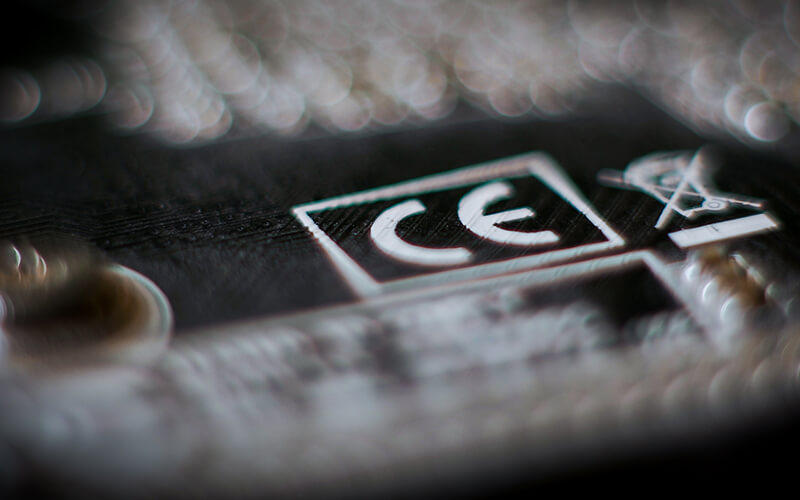
As noted in last December’s column, two substances, Dechlorane Plus™ and UV-328, had been proposed for elimination and votes on the proposals would be made at the May 2023 meeting. May has come and gone and, indeed, that decision has been made. These two substances have been added to Annex A of the Stockholm Convention, meaning they will be banned for most uses. Now the countries party to the Stockholm Convention must roll these decisions into their local regulations.
So far, at least one market has already taken action and another has stated their intent:
- Singapore stated that they are banning these substances and the products that contain them from entering the country as of May 12, 2024, one year after the POPRC’s decision.
- The European Commission has stated their intent to draft a delegated regulation to amend Regulation (EU) 2019/1021 on persistent organic pollutants to include these substances. Commission adoption is “planned for” fourth quarter 2023. A timeline for the EU ban is not indicated yet.
If Singapore is a market for your products, you don’t have much time to determine whether these new substance bans affect you or not and. If they do, address the issue.
Don’t forget that medium-chain chlorinated paraffins (MCCPs) also appear to be on their way to a ban in the future. Take action now to identify any uses in your supply base (e.g., PVC-based insulation/sheathing of wires and cables) and begin working on replacement.
UK Government Announces CE Mark Extended “Indefinitely” – Sort Of
On August 1, the Department for Business and Trade (DBT) “announced an indefinite extension to the use of CE marking for businesses.” The CE mark was initially supposed to be replaced by the UKCA mark for products sold in Great Britain by the end of 2021, nearly two years after Brexit, but that was delayed for a year to January 1, 2023. That, again, was deemed to not be sufficient because “the government does not want to burden business with the requirement to meet the original (December 31, 2022) deadline.” So, it was yet again delayed to 11 p.m. on December 31, 2024. DBT now appears to have punted on the UKCA mark entirely, simply accepting that if a product is good enough for the European Union’s CE mark, it’s good enough for Great Britain.
Apparently, because the government keeps pushing out the deadline, UK businesses are exceptionally challenged to retest and needed and change labels on their products. So now they effectively will not have to. But is that really the case?
DBT’s announcement states that it applies only to the 18 regulations owned by DBT. While these include EMC, low voltage and RF, they, notably, do not include numerous product types and other important regulations:
“There are different rules for medical devices, construction products, cableways, transportable pressure equipment, unmanned aircraft systems, rail products, marine equipment and ecodesign.”
Of interest to many will be the fact that ecodesign regulations are not included in the indefinite extension, and of interest to even more is the fact that Restriction of the Use of Certain Hazardous Substances in Electrical and Electronic Equipment Regulations 2012 (the RoHS Regulations) is not included in either DBT’s press release or the updated UKCA marking guidance. Both ecodesign and RoHS are owned by the Office for Product Safety and Standards (OPSS), which is a different organization from DBT.
This seems to mean that it is now a free-for-all, with each department deciding independently whether to extend the CE mark over the UKCA mark. The UKCA guidance page says “[t]he relevant departments covering these sectors either have communicated, or will communicate, plans in due course.” So, anyone whose products are covered by UKCA mark requirements specified by a regulation not owned by DBT should keep an eye on this page.
On the other hand, as the CE mark becomes more broadly applicable in the EU to UK equivalents that are not UKCA mark regulations (e.g., the newly issued REGULATION (EU) 2023/1542 concerning Batteries and Waste Batteries is now a CE mark regulation; the current Battery Directive, 2006/66/EC, and the UK’s Waste Batteries and Accumulators Regulations 2009 (as amended) are not) and as others that are consistent with each other today diverge (as the EU’s soon-to-be issued ecodesign regulation will), the ability for manufacturers to sell products into the UK that are not sold into the EU becomes more complicated—or they simply use the UKCA mark.
The UK, despite Brexit, thus persists in continuing its relationship with the EU—whether the EU has approved this continued use of their CE mark for their former Member State is unclear. They are not the only ones who reference foreign requirements in their regulatory regimen. Numerous U.S. states directly reference EU Directive 2011/65/EU - EU RoHS – in the legal codes for, in most cases, their e-waste regulations. And, while I still find this to be quite bizarre (and lazy), fortunately no U.S. state specifies the use of this foreign market’s compliance mark.
Visit DCA at www.DesignChainAssociates.com or email the author with any questions or comments on this post.
Follow TTI, Inc. on LinkedIn for more news and market insights.
Statements of fact and opinions expressed in posts by contributors are the responsibility of the authors alone and do not imply an opinion of the officers or the representatives of TTI, Inc. or the TTI Family of Specialists.
Follow TTI, Inc. - Europe on LinkedIn for more news and market insights.
Statements of fact and opinions expressed in posts by contributors are the responsibility of the authors alone and do not imply an opinion of the officers or the representatives of TTI, Inc. or the TTI Family of Specialists.

